Vaccination has been a contentious issue in recent years, but for many children, the fear lies in getting poked with a needle as opposed to getting a potentially deadly disease. What if they could be protected against as many as six diseases through just one shot?
The US Food and Drug Administration (FDA) recently gave the green-light to market Vaxelis, a hexavalent vaccine developed by pharma giants Merck and Sanofi.
The hexavalent vaccine helps protect against six deadly diseases: diphtheria, tetanus, whooping cough (caused by Bordetalla pertussis), poliomyelitis (caused by types of poliovirus), hepatitis B, and invasive disease due to Haemophilus influenzae type b. The three-dose series is indicated for children aged six weeks to four years and should be administered prior to age five.
This is the first six-pronged vaccine to hit the US, offering unprecedented protection to young Americans. The availability of a new 6-in-1 vaccine could not be more timely: lower vaccination rates have caused previously-eradicated diseases like measles to emerge in Southern California in 2015 and Minnesota in 2017.
Merck and Sanofi are well known for their vaccine empires, the former offering vaccines like MMR for measles, mumps, and rubella, and Gardasil for human papillomavirus (HPV) and the latter providing various combination vaccines for tetanus, pertussis and diphtheria. According to Sanofi, they will be providing four antigens to the hexavalent vaccine while Merck will provide two.
However, this isn’t the Vaxelis vaccine’s first regulatory approval. The vaccine was already approved by the European Medical Association (EMA), the main pharmaceutical regulatory body of the European Union (EU). In fact, Sanofi Pasteur also has Hexyon available in the EU, another hexavalent vaccine that protects against the same diseases.
Back in the US, a phase III trial for Vaxelis was launched in 2011 and a Biologics License Application was accepted for review by the FDA in 2014.
But the vaccine won’t be available just yet. To avoid a vaccine shortage, the two companies are taking 2019 to create a hefty stockpile. The companies expect to release vials of 0.5 mL doses by 2020.
Despite the safety and immunogenicity demonstrated by multiple studies, parental hesitancy and incremental increases in exemptions from vaccinations might pose a problem. Data from the National Immunization Survey indicate that the percentage of unvaccinated children reaching two years of age increased from 0.9 percent in 2011 to 1.3 percent in 2015.
Maintaining herd immunity through vaccination can prevent the spread of a contagious disease within a population. With Sanofi and Merck’s Vaxelis vaccine coming soon to doctor’s offices, it is the responsibility of parents, scientists, clinicians, pharmaceutical companies, and policymakers to promote vaccination and protect the health of those around them.

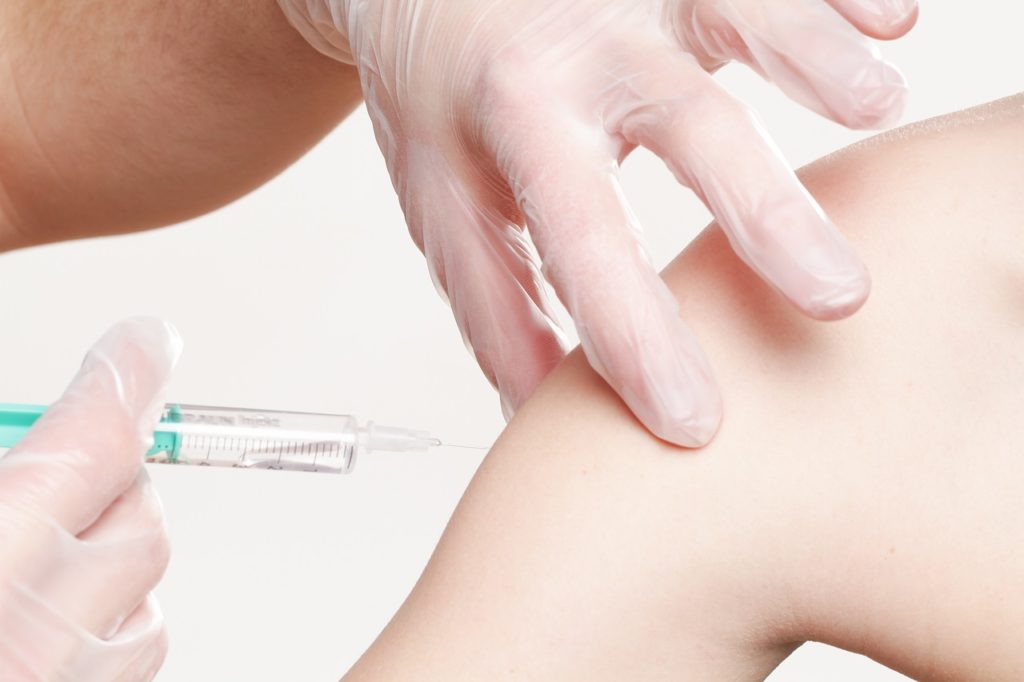
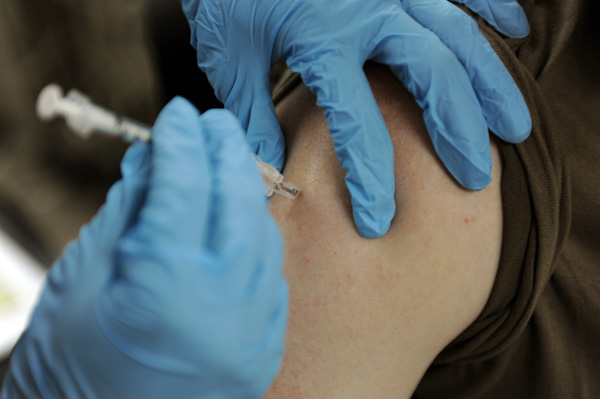

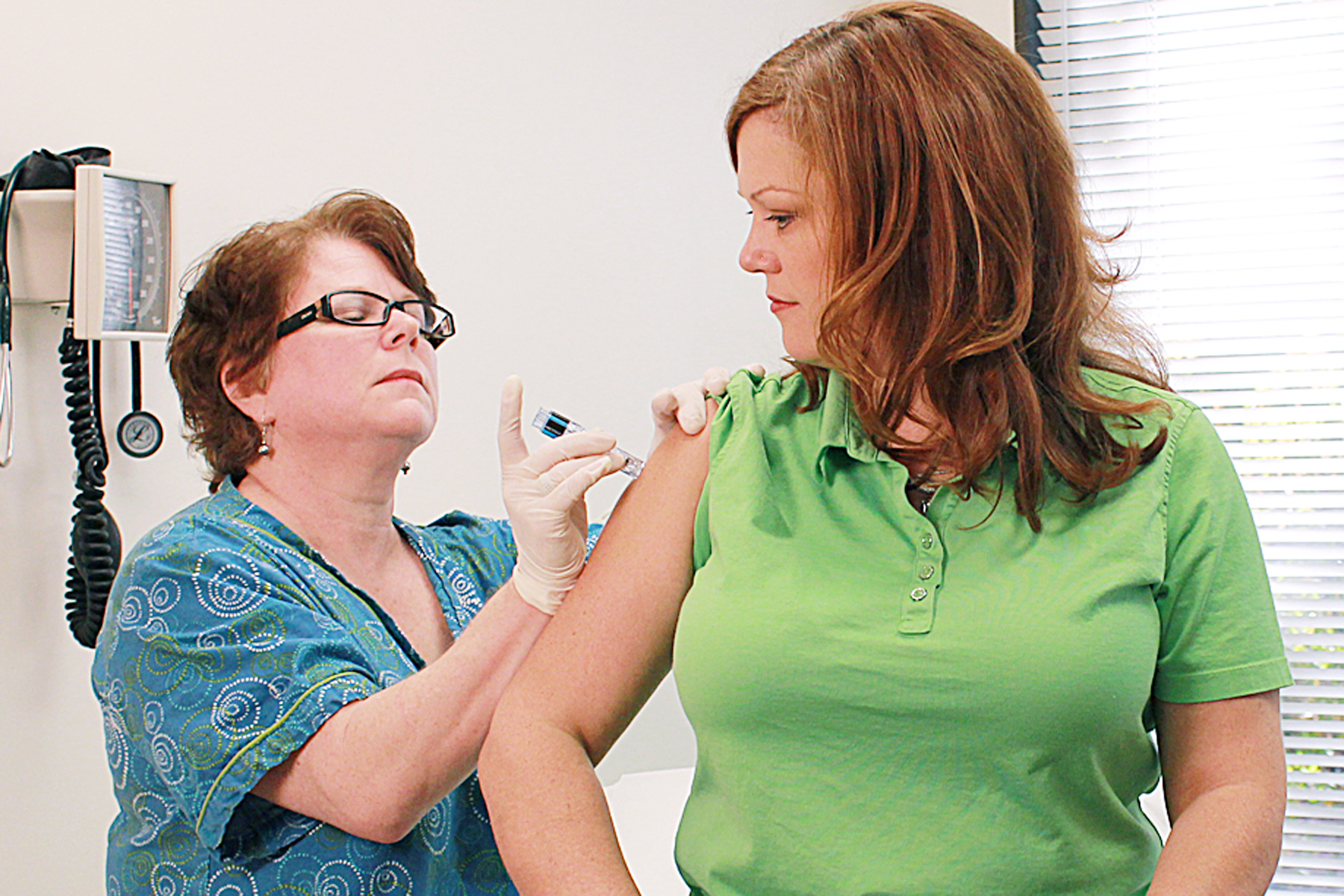

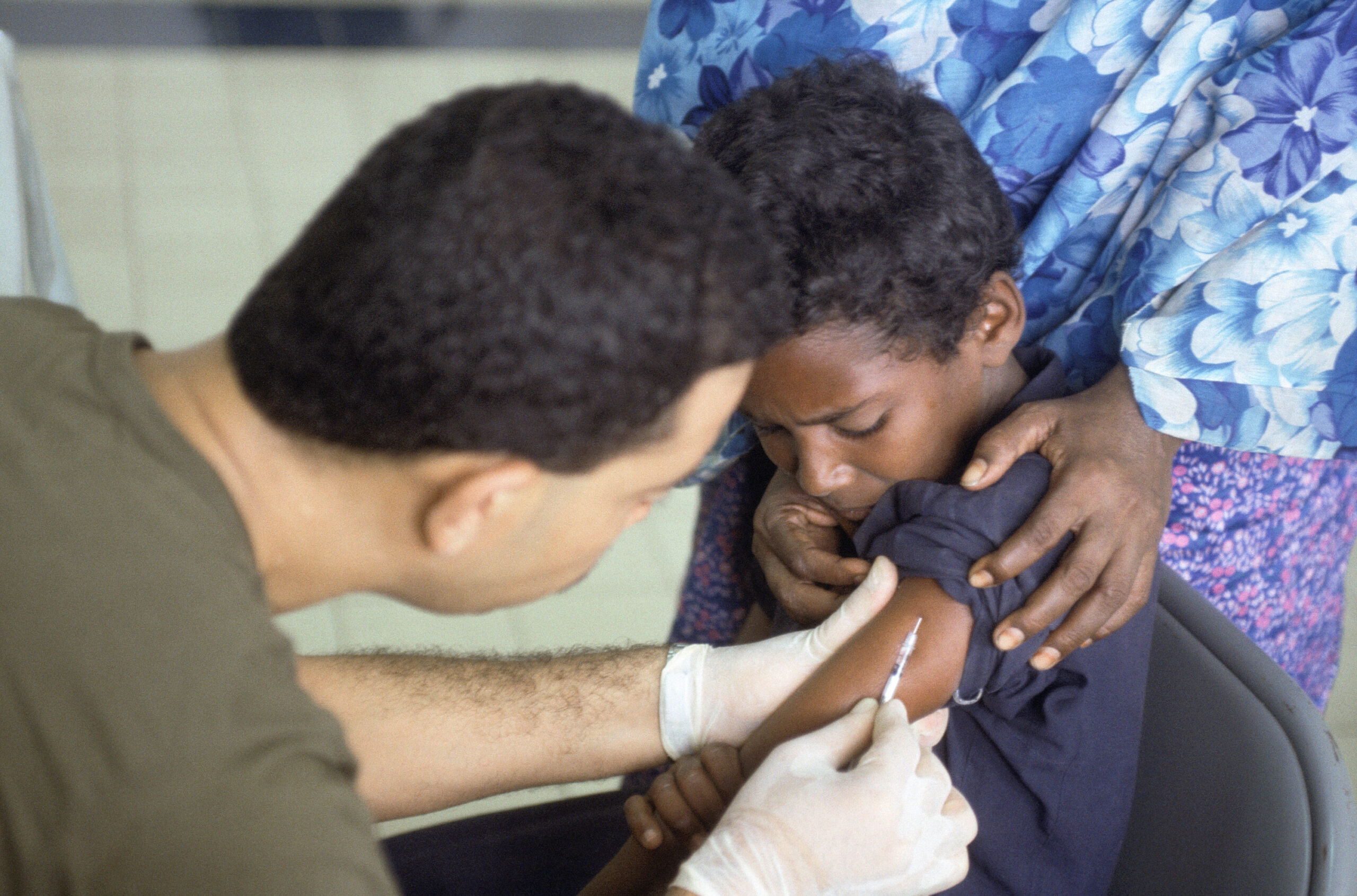




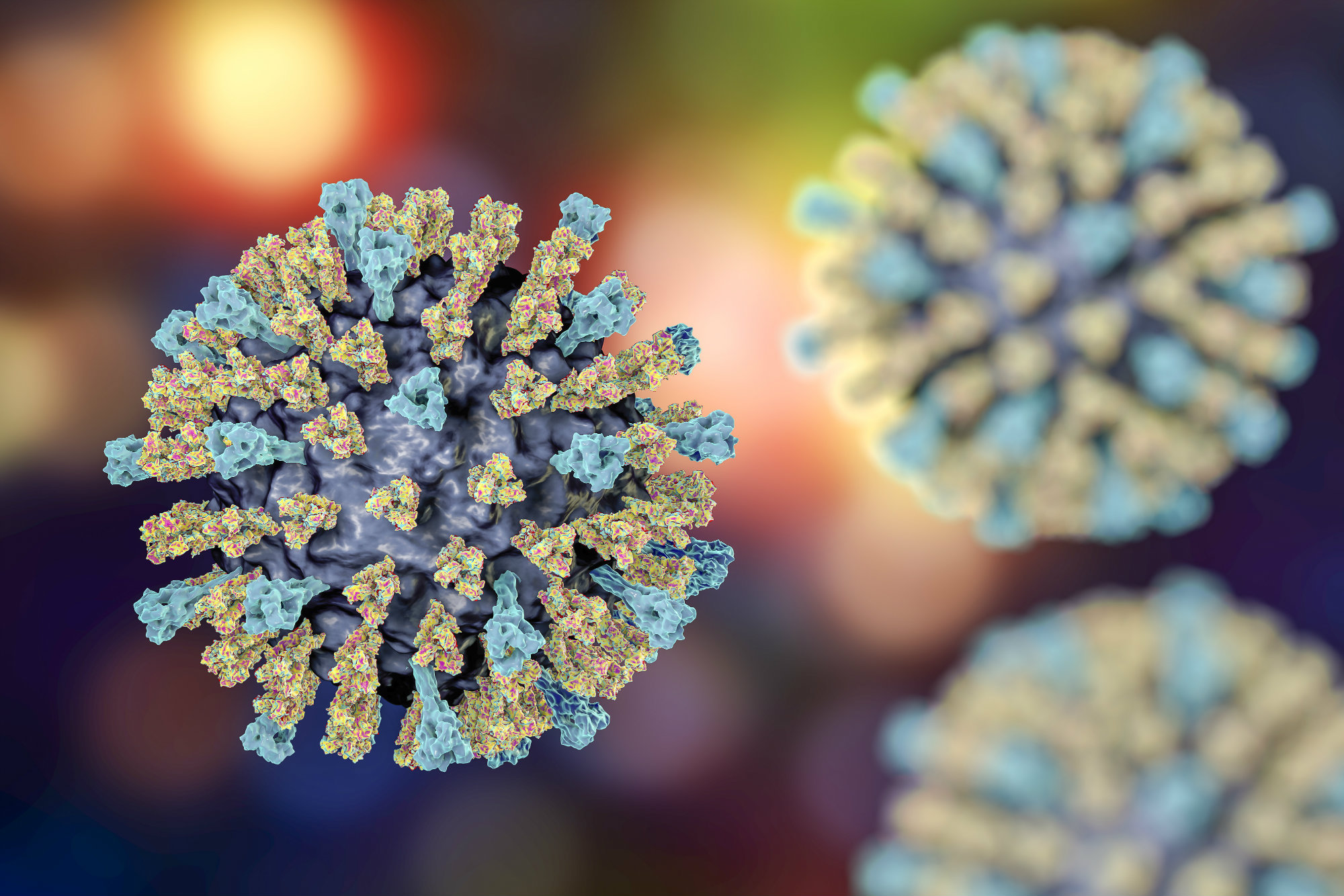
Join or login to leave a comment
JOIN LOGIN